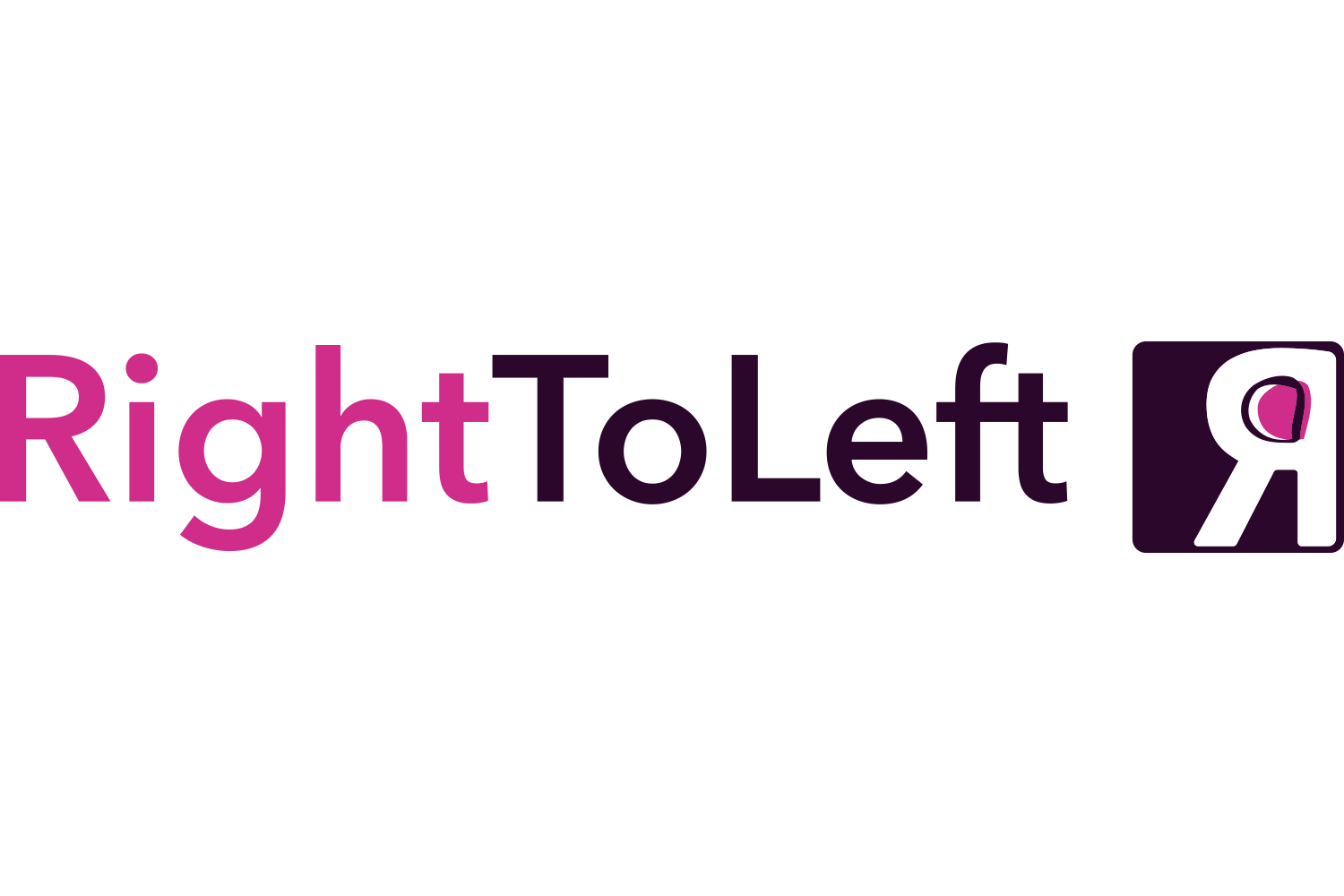Unlock the product impact value assumption
The previous article shared the power of value assumptions to align teams and make better decisions. We introduced two kinds of value assumptions, strategic value assumptions and product impact value assumptions. The strategic value assumptions are more commonly understood so this article will dig deeper into the product impact value assumption.
Stripping away the noise
What do product development teams do? There are mountains of content focused on the outcomes of product management ranging from revenue contribution to creating lovable products. In pursuit of building the right thing, we seem to have forgotten the fundamental fact - product teams release features. There I said it, In today's product management rhetoric, it feels wrong to utter words focused on the output of product development.
In trying to understand what product teams do, we should ask what is the direct impact of the feature release. Ideally, users interact with features, and when they do, this either generates new behaviours or existing behaviours are modified. I am using the word behaviour broadly. It might be an action, a job to be done or an emotion.
Product teams create or modify user behaviours. They don't directly do anything else. User behaviour will have a direct impact, and this contributes to customer value; the derived customer value has the impact of supporting our business goals. The feature all on its own does nothing without the user.
The autonomy of the product impacts value assumptions
There are two parts to a product impact value assumption, firstly, the customer (or user) behaviour and secondly, the aim of how the behaviour will be modified. These two parts combine to create customer value. The diagram below shows the formula for a product impact value assumption.
Putting it into practice
Many people leap to solutionising without fully understanding the value it needs to create. Focusing on the solution can be appealing, but we need the value assumptions to find the optimal solution. The value assumption is not complicated, it is simple and direct. I have helped many executives and product teams define value assumptions. It can help to reverse engineer the solutions people have in mind to find the reasons behind them.
When you define value assumptions, you normally end up with a long list and very granular definitions, probably mapped one-to-one with a feature you had in mind. This is normal. The final step to sense-check product impact value assumptions is not overly granular. Do they restrict innovation or dictate the solution? If the assumption is too narrow, consolidate them or aggregate them to focus on high level less specific behaviour.
Let's consider an example
Over many years of defining value assumptions and coaching product leaders, I have seen examples across various industries. Let us consider a MarTech product helping companies with content marketing - perhaps like HubSpot - you might have these value assumptions.
These examples may initially feel narrow, but they are very broad. Consider the first one, posting a blog post, there are many problems facing an author when writing a blog post, and the solutions could be optimisations or major innovations such as using AI technology such as gpt-3 to automate the writing process.
The missing link for OKRs
Product impact value assumptions are the missing link between product strategy and OKRs. They guide management to form objectives and for teams to define key results. The shape of the objective depends on the maturity of the teams and the risk appetite of the business.
Hungry for more?
The next article in this series explains how the Product VCP transforms your prioritisation and increases your ROI on product development investment.



